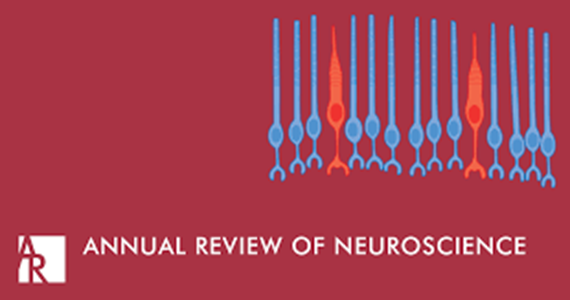从模糊到辉煌:先进显微技术在神经元细胞生物学中的应用
IF 13.2
1区 医学
Q1 NEUROSCIENCES
引用次数: 0
摘要
大脑神经元和突触网络错综复杂,给研究带来了有别于其他生物研究的巨大挑战。在剖析神经元及其功能单元如何在细胞生物学水平上工作时尤其如此。传统的显微镜虽然具有奠基性作用,但却无法揭示神经相互作用更深层次的复杂性。然而,成像技术的复兴改变了我们的能力。光镜和电子显微镜技术的进步与相关成像技术相结合,实现了前所未有的分辨率,揭示了最细微的神经结构。最大限度地利用这些工具需要的不仅仅是精湛的技术。调整研究目标、合理分配资源和有效分析数据至关重要。跨学科合作是这一演变的核心,不同的专家汇聚一堂,将详细的图像转化为重要的生物学见解。这篇综述介绍了显微镜技术的最新发展,强调了利用这一强大工具集了解神经元细胞生物学的前景和先决条件。本文章由计算机程序翻译,如有差异,请以英文原文为准。
From Blur to Brilliance: The Ascendance of Advanced Microscopy in Neuronal Cell Biology
The intricate network of the brain's neurons and synapses poses unparalleled challenges for research, distinct from other biological studies. This is particularly true when dissecting how neurons and their functional units work at a cell biological level. While traditional microscopy has been foundational, it was unable to reveal the deeper complexities of neural interactions. However, an imaging renaissance has transformed our capabilities. Advancements in light and electron microscopy, combined with correlative imaging, now achieve unprecedented resolutions, uncovering the most nuanced neural structures. Maximizing these tools requires more than just technical proficiency. It is crucial to align research aims, allocate resources wisely, and analyze data effectively. At the heart of this evolution is interdisciplinary collaboration, where various experts come together to translate detailed imagery into significant biological insights. This review navigates the latest developments in microscopy, underscoring both the promise of and prerequisites for bending this powerful tool set to understanding neuronal cell biology.
求助全文
通过发布文献求助,成功后即可免费获取论文全文。
去求助
来源期刊

Annual review of neuroscience
医学-神经科学
CiteScore
25.30
自引率
0.70%
发文量
29
期刊介绍:
The Annual Review of Neuroscience is a well-established and comprehensive journal in the field of neuroscience, with a rich history and a commitment to open access and scholarly communication. The journal has been in publication since 1978, providing a long-standing source of authoritative reviews in neuroscience.
The Annual Review of Neuroscience encompasses a wide range of topics within neuroscience, including but not limited to: Molecular and cellular neuroscience, Neurogenetics, Developmental neuroscience, Neural plasticity and repair, Systems neuroscience, Cognitive neuroscience, Behavioral neuroscience, Neurobiology of disease. Occasionally, the journal also features reviews on the history of neuroscience and ethical considerations within the field.
 求助内容:
求助内容: 应助结果提醒方式:
应助结果提醒方式:


